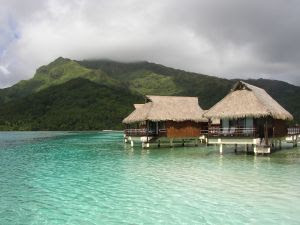 The "Garden of Eden" described by the early European explorers, the scene of the legendary mutiny of the Bounty, the island paradise painted by the brush of Gaugin and narrated by the novels of Stevenson. Rings of white sand studded with palm trees that frame blue lagoons populated by colorful fish, volcanoes cloaked the jungle that is red at sunset and that marks the end of another fabulous day.
The "Garden of Eden" described by the early European explorers, the scene of the legendary mutiny of the Bounty, the island paradise painted by the brush of Gaugin and narrated by the novels of Stevenson. Rings of white sand studded with palm trees that frame blue lagoons populated by colorful fish, volcanoes cloaked the jungle that is red at sunset and that marks the end of another fabulous day.
10 Reasons to Research your Vacation Online
-
The Internet is quickly becoming THE way to book travel. With reliable
travel and hotel websites like Expedia.com, ProntoHotel.com, and
Tripadvisor.com giv...
8 years ago
 Roseau, formerly Charlotte Town is the capital town of
Roseau, formerly Charlotte Town is the capital town of 



